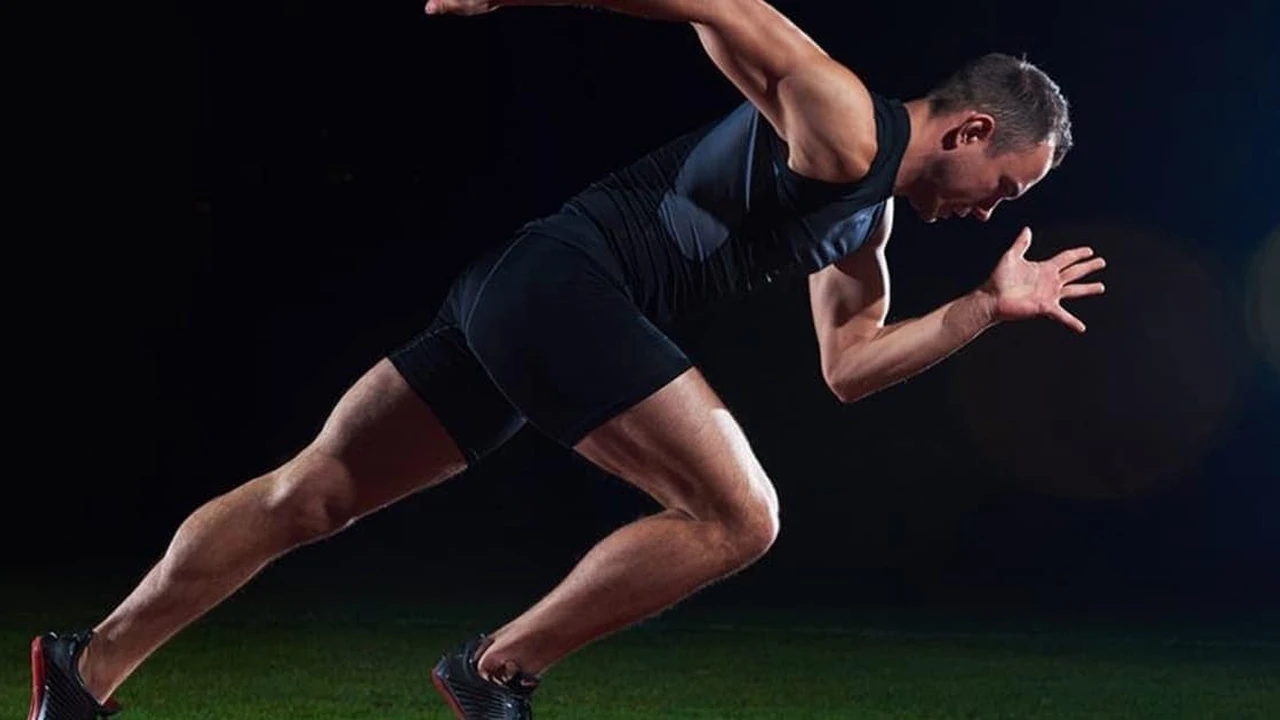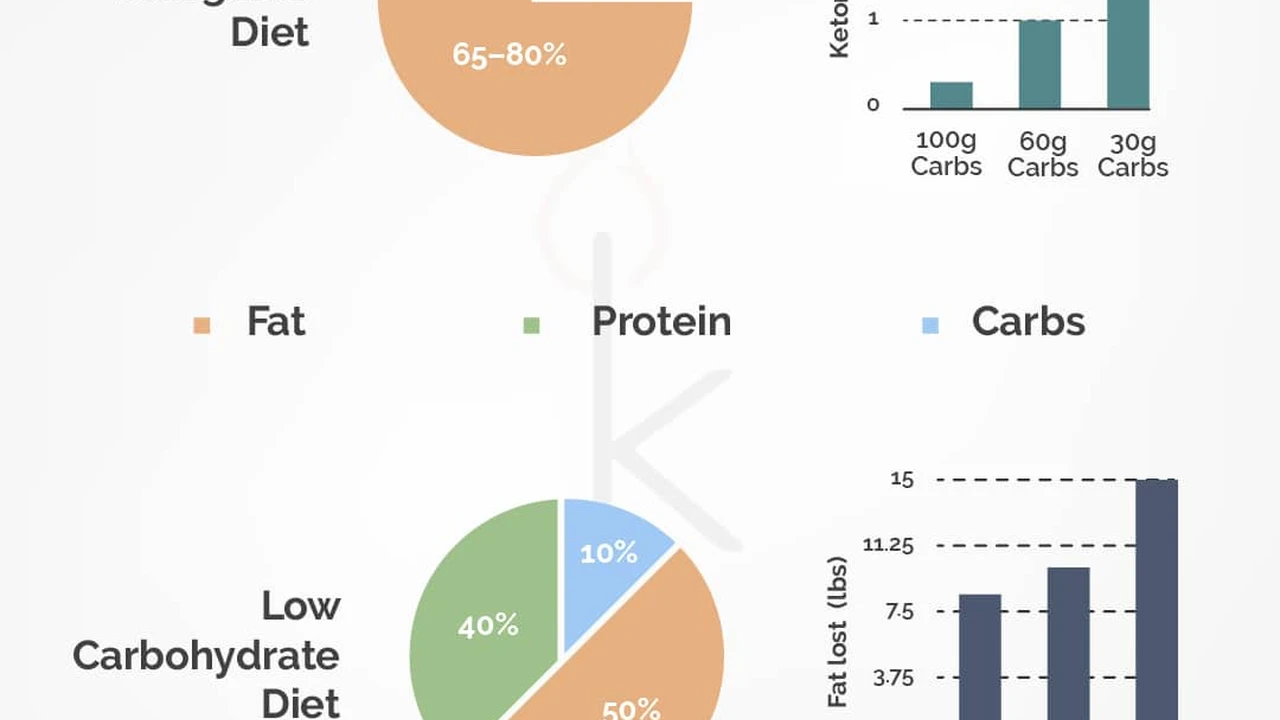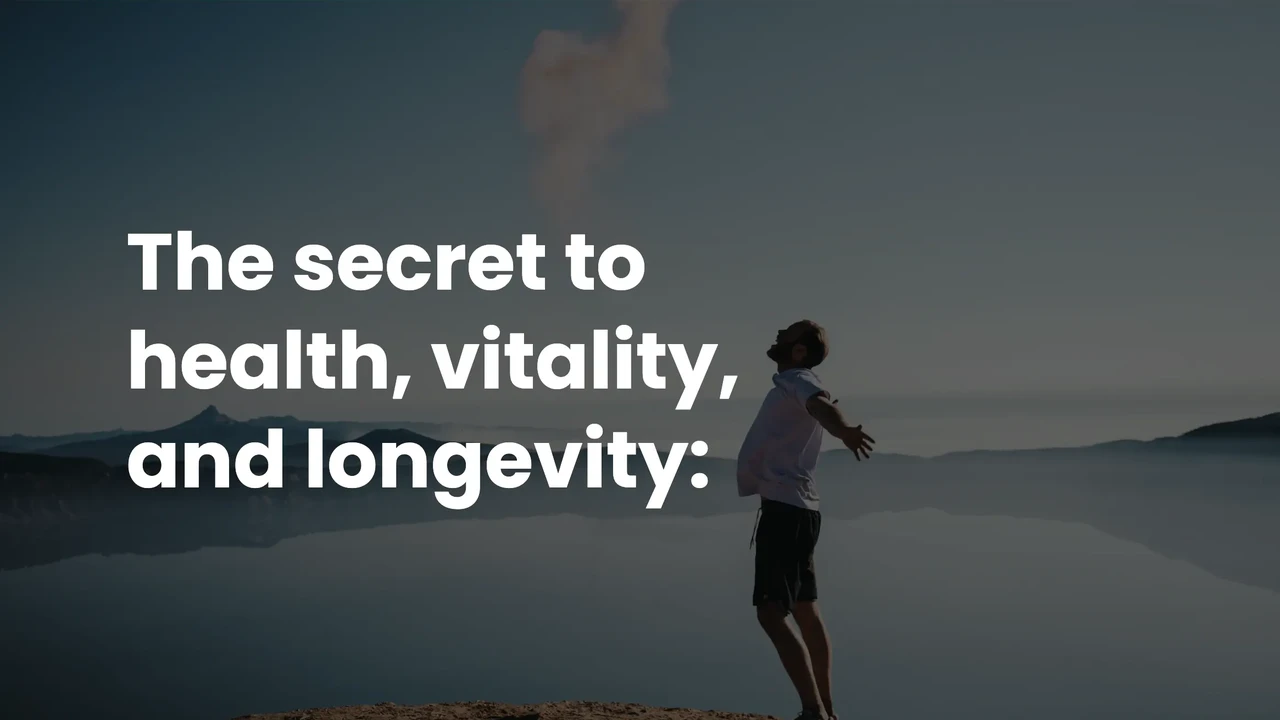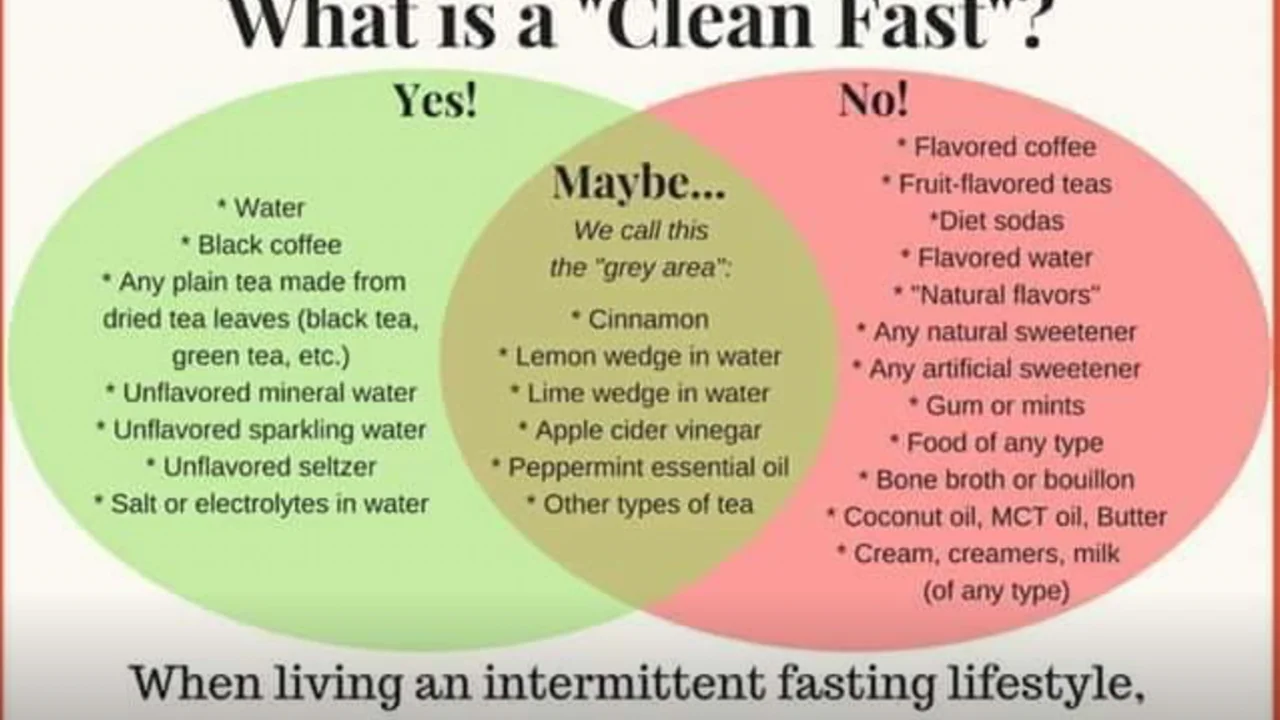Comparing HIIT and LISS for Seasonal Fat Loss
Explore the effectiveness of HIIT versus LISS for seasonal fat loss. Find the best cardio approach for your goals.

Comparing HIIT and LISS for Seasonal Fat Loss
When it comes to shedding those extra pounds, especially as the seasons change and our activity levels might fluctuate, two popular cardio approaches often come up: High-Intensity Interval Training (HIIT) and Low-Intensity Steady State (LISS) cardio. Both have their dedicated followers and proven benefits, but which one is truly superior for seasonal fat loss? Let's dive deep into the science, practical applications, and even some product recommendations to help you make an informed decision for your fitness journey.
Understanding High-Intensity Interval Training (HIIT) and Its Fat Loss Benefits
HIIT involves short bursts of intense anaerobic exercise followed by brief, often active, recovery periods. Think sprinting for 30 seconds, then walking for 90 seconds, and repeating that cycle. The beauty of HIIT lies in its efficiency and the 'afterburn effect' it creates.
The Science Behind HIIT and EPOC (Excess Post-exercise Oxygen Consumption)
The primary mechanism by which HIIT aids fat loss is through EPOC, also known as the 'afterburn effect.' After a high-intensity workout, your body continues to consume oxygen at an elevated rate to restore itself to its pre-exercise state. This process requires energy, meaning you continue to burn calories even after your workout is over. Studies have shown that HIIT can lead to a significantly higher EPOC compared to LISS, sometimes lasting for up to 24-48 hours post-exercise. This makes it incredibly time-efficient for busy individuals.
Typical HIIT Workout Structures and Examples
A typical HIIT session might last anywhere from 10 to 30 minutes, including warm-up and cool-down. The work-to-rest ratio can vary, but common ratios include 1:1 (e.g., 30 seconds on, 30 seconds off), 1:2, or even 1:3 depending on your fitness level and the exercise. Examples include:
- Sprinting: 30-second sprint, 60-second walk, repeat 8-10 times.
- Cycling: 1-minute all-out cycling, 2-minute easy cycling, repeat 5-7 times.
- Bodyweight Circuits: Burpees, jump squats, mountain climbers performed intensely for 45 seconds each, followed by 15 seconds rest, then moving to the next exercise.
Advantages of HIIT for Seasonal Fat Loss and Time Efficiency
HIIT is a fantastic option when time is a constraint, which can often be the case during busy seasons or when daylight hours are shorter. Its ability to burn a significant number of calories in a short period, coupled with the EPOC effect, makes it highly effective for fat loss. It also improves cardiovascular fitness and can help preserve muscle mass during a caloric deficit, which is crucial for maintaining a healthy metabolism.
Exploring Low-Intensity Steady State (LISS) Cardio and Its Role in Fat Burning
LISS cardio involves performing an activity at a consistent, moderate pace for an extended period. Think a long, brisk walk, a steady jog, or a leisurely bike ride. The intensity is typically maintained at around 50-70% of your maximum heart rate, allowing you to hold a conversation comfortably.
How LISS Targets Fat as a Primary Fuel Source
Unlike HIIT, which primarily uses carbohydrates for fuel during intense bursts, LISS cardio operates within the 'fat-burning zone.' At lower intensities, your body is more efficient at utilizing stored fat for energy. This makes LISS a direct approach to burning fat during the exercise itself. While the EPOC effect is minimal, the sheer volume of time spent exercising can lead to a significant caloric expenditure.
Common LISS Activities and Duration Recommendations
LISS sessions typically last longer than HIIT, often ranging from 30 to 60 minutes, or even longer for endurance athletes. Popular LISS activities include:
- Brisk Walking: A great option for all fitness levels, easily done outdoors.
- Jogging: A steady, comfortable pace that you can maintain for an extended period.
- Cycling: A consistent pace on a stationary bike or outdoors.
- Swimming: A continuous, moderate-intensity swim.
- Elliptical Training: A low-impact option that provides a full-body workout.
Benefits of LISS for Recovery, Stress Reduction, and Accessibility
LISS offers several advantages beyond just fat burning. It's generally easier on the joints, making it suitable for beginners, those recovering from injuries, or individuals who prefer a less strenuous workout. It can also be a fantastic tool for active recovery on rest days from more intense training. Furthermore, the meditative nature of LISS, especially when performed outdoors, can be excellent for stress reduction and mental well-being, which is often overlooked in fat loss journeys.
Comparing the Effectiveness of HIIT vs LISS for Seasonal Fat Loss Goals
Now for the million-dollar question: which one is better for fat loss? The truth is, both are effective, and the 'best' choice often depends on your individual goals, fitness level, time availability, and even the season itself.
Calorie Burn During and After Exercise: A Key Differentiator
While HIIT burns more calories per minute during the actual workout, LISS can lead to a higher total calorie burn if performed for a longer duration. However, HIIT's significant EPOC effect means you continue to burn calories at an elevated rate long after you've finished, potentially leading to a higher overall daily caloric expenditure from exercise. For example, a 20-minute HIIT session might burn fewer calories during the workout than a 60-minute LISS session, but the subsequent afterburn from HIIT could make its total caloric impact greater.
Impact on Metabolism and Muscle Preservation
HIIT has been shown to be more effective at preserving muscle mass during fat loss, and some studies suggest it can even improve metabolic rate. The intense nature of HIIT signals to your body that it needs to maintain muscle to perform such strenuous activities. LISS, while great for fat burning, might not provide the same muscle-preserving stimulus, especially if done excessively without adequate strength training.
Practical Considerations: Time, Enjoyment, and Injury Risk
Time: If you're short on time, HIIT is the clear winner. You can get a highly effective workout in 20-30 minutes. LISS requires a longer time commitment.
Enjoyment: This is highly personal. Some people thrive on the challenge and intensity of HIIT, while others prefer the meditative, sustained effort of LISS. Consistency is key for fat loss, so choose what you enjoy and can stick with.
Injury Risk: HIIT, due to its high impact and intensity, carries a higher risk of injury, especially for beginners or those with pre-existing conditions. LISS is generally much lower impact and safer for most individuals.
Integrating HIIT and LISS into Your Seasonal Fat Loss Program
Instead of viewing them as mutually exclusive, consider how you can strategically combine HIIT and LISS for optimal results throughout the year.
Periodization of Cardio for Optimal Seasonal Results
Just as you might periodize your strength training, you can do the same with your cardio. During seasons when you have more time or are building a base, you might incorporate more LISS. When time is tight or you want to push your limits, HIIT can take center stage. For example:
- Spring/Summer: More outdoor LISS (long walks, bike rides) combined with 2-3 HIIT sessions per week.
- Autumn/Winter: Focus on 2-3 HIIT sessions indoors (treadmill, stationary bike) and perhaps 1-2 shorter LISS sessions for active recovery.
Combining Both Approaches for Enhanced Fat Burning and Fitness
Many fitness experts advocate for a combination of both. For instance, you could do 2-3 HIIT sessions per week on non-consecutive days, and then incorporate 2-3 LISS sessions on other days for active recovery, additional calorie burn, and cardiovascular health. This hybrid approach allows you to reap the benefits of both methods: the metabolic boost from HIIT and the sustained fat burning and recovery benefits from LISS.
Essential Gear and Product Recommendations for Your Cardio Workouts
Having the right gear can significantly enhance your cardio experience, whether you're doing HIIT or LISS. Here are some recommendations, including specific products, their use cases, and approximate price ranges.
Heart Rate Monitors for Zone Training and Performance Tracking
A heart rate monitor is invaluable for ensuring you're training in the right zones for both HIIT (high intensity) and LISS (fat-burning zone). They help you track progress and prevent overtraining or undertraining.
- Garmin Forerunner 245 Music: A fantastic GPS running watch with advanced physiological metrics, including heart rate tracking. Great for both outdoor LISS and structured HIIT. Price: $250-$350.
- Polar H10 Heart Rate Sensor: A chest strap monitor, widely considered one of the most accurate. Connects to various fitness apps and gym equipment. Ideal for precise heart rate data during any cardio. Price: $80-$100.
- Whoop 4.0: A wrist-worn strap that tracks heart rate, sleep, recovery, and strain. Provides daily insights into your body's readiness for training. Excellent for understanding how your body responds to both HIIT and LISS. Price: Subscription-based, around $30/month.
High-Quality Running Shoes for Impact Absorption and Support
Proper footwear is crucial, especially for high-impact HIIT or long LISS sessions, to prevent injuries and ensure comfort.
- Hoka Clifton 9: Known for their maximal cushioning, excellent for long LISS runs or walks, providing superb shock absorption. Price: $140-$160.
- Nike Metcon 9: Designed for high-intensity training, offering stability for lifting and flexibility for dynamic movements like burpees and box jumps in HIIT. Price: $130-$150.
- Brooks Adrenaline GTS 23: A popular stability shoe, great for LISS and general training, offering a balance of cushioning and support for various foot types. Price: $130-$150.
Home Cardio Equipment for All Seasons and Weather Conditions
Having equipment at home ensures you can stick to your cardio routine regardless of the weather or time of year.
- Peloton Bike/Tread: Premium options for interactive, instructor-led HIIT and LISS cycling/running classes. Offers a vast library of workouts. Price: Bike starts around $1,445, Tread around $2,995, plus monthly subscription ($44).
- Sunny Health & Fitness SF-B1002C Indoor Cycling Bike: A more budget-friendly spin bike for LISS and some HIIT. Manual resistance, no fancy tech, but gets the job done. Price: $200-$300.
- Concept2 RowErg: A top-tier rowing machine, excellent for full-body LISS and incredibly challenging HIIT intervals. Durable and provides excellent data. Price: $900-$1,000.
- Bowflex Max Trainer M9: Combines an elliptical and stair stepper, offering low-impact HIIT workouts. Price: $1,999.
Recovery Tools for Post-Workout Muscle Care
Recovery is just as important as the workout itself, especially when pushing your body with HIIT.
- Theragun Prime: A percussive therapy device for deep tissue massage, excellent for relieving muscle soreness and improving recovery after intense HIIT sessions. Price: $299.
- Hyperice Vyper 3 Vibrating Foam Roller: Combines foam rolling with vibration for enhanced muscle release and warm-up/cool-down. Great for both LISS and HIIT recovery. Price: $199.
- TriggerPoint GRID Foam Roller: A classic, versatile foam roller for self-myofascial release. Essential for working out knots and improving flexibility. Price: $35-$50.
Optimizing Your Fat Loss Journey Beyond Cardio
While cardio is a powerful tool, remember that fat loss is a multifaceted journey. Nutrition, sleep, and stress management play equally crucial roles.
The Indispensable Role of Nutrition in Fat Loss
You can't out-train a bad diet. A caloric deficit, achieved through a balanced diet rich in whole foods, lean protein, healthy fats, and complex carbohydrates, is paramount for fat loss. Cardio helps create that deficit and improve body composition, but nutrition is the foundation.
Importance of Sleep and Stress Management for Hormonal Balance
Lack of sleep and chronic stress can wreak havoc on your hormones, particularly cortisol and ghrelin/leptin (hunger hormones), making fat loss incredibly difficult. Prioritize 7-9 hours of quality sleep and incorporate stress-reducing practices like meditation, yoga, or spending time in nature.
Strength Training for Muscle Preservation and Metabolic Boost
Don't neglect strength training! Building and maintaining muscle mass is vital for a healthy metabolism. Muscle is metabolically active tissue, meaning it burns more calories at rest than fat. Incorporate 2-4 strength training sessions per week to complement your cardio and accelerate fat loss.
Ultimately, the best cardio approach for seasonal fat loss is the one you can consistently adhere to, that aligns with your lifestyle, and that you genuinely enjoy. Whether you lean towards the intensity of HIIT, the endurance of LISS, or a smart combination of both, remember that consistency, proper nutrition, and holistic well-being are your true allies in achieving your fat loss goals.
:max_bytes(150000):strip_icc()/277019-baked-pork-chops-with-cream-of-mushroom-soup-DDMFS-beauty-4x3-BG-7505-5762b731cf30447d9cbbbbbf387beafa.jpg)






